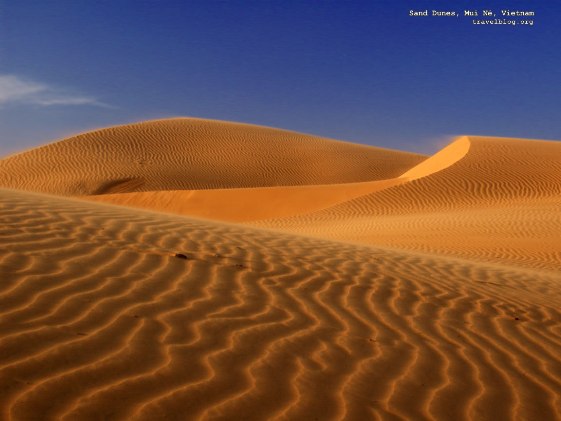
Afghanistan’s Army of Sand
Afghan militias have always shifted sides with the wind
Reading time: (Number of words: )
Ironically, if the Taliban return to power after NATO forces retreat in 2014, it will be due to their ability to exploit a basic tenant of democracy, which is the freedom to choose. The current size of the Taliban’s army is irrelevant because ruling Afghanistan has traditionally flowed to the party that can convince the various tribal and ethnic groups to shift to its side. The Afghan National Army, which is a broad-based national army in name only, has no traditions and identity sufficient to keep it coherent. In the face of a serious internal threat, this army of sand is likely to flow slowly at first and then in a great rush to the side of the likely victor. To be sure, there will be fissures in the flow but the outcome should not be in doubt.
During the 1970’s the United States created an impressive army on paper called the ARVN (Army of the Republic of Vietnam), however that army’s officer corps was dominated by patronage appointees with no leadership abilities. When the ARVN came under pressure in 1975, it quickly collapsed, including its most highly rated unit, the First Division.
During the Vietnam War, all of the Pentagon’s talk of progress and success was illusory and a deception, as it is today in Afghanistan. With a 25% desertion rate, the Afghan National Army, after 2014, will likely disintegrate on its own with little need for Taliban pressure.
Today in the United States there is a massive propaganda effort underway by the U.S. Government to portray the Taliban as dispirited and defeated. It is all part of the Obama Administration’s reelection efforts. The goal is to paint President Obama’s Afghanistan efforts as a success, at least up until the November election (truth and reality notwithstanding).
Reports have emerged that the Obama Administration is delaying the withdrawal of 30,000 surge troops until some time in October. They were supposed to be withdrawn in August. The strategy is to try and keep a lid on the Taliban’s military successes and advances until after the election. The Pentagon also has the authority to temporarily surge thousands of Special Operations troops into Afghanistan and it will likely do so from October until Election Day in November in order to try and keep the Taliban from staging any spectacular attacks during this period.
The outlook for Afghanistan, Afghan minorities and Afghan women after the November election is grim. U.S. and NATO forces will likely accelerate their withdrawals as they follow the French and Canadian leads. Last week in Tokyo, Afghanistan was promised a bare $4 billion a year in international aid, but there are strings attached to this aid and it is unlikely that the Afghan Government will receive 100% of what was promised, which will be disastrous. Next year the Afghan National Army will reach its peak in troop strength and then will almost immediately begin a massive decline in its force size. The goal of this temporary increase is to protect U.S./NATO forces as they withdraw and to prevent an immediate collapse of the Afghan Government, so that such is not viewed as a direct result of the U.S./NATO retreat.
There is more that the Pentagon and NATO could do to prevent the sand from shifting, but neither organization recognizes that there is a problem, so solutions are out of the question. As a result of the blunders of American and NATO strategists, the people of Afghanistan may have to endure a return of the Taliban. That is unacceptable.

Poems for the Hazara
The Anthology of 125 Internationally Recognized Poets From 68 Countries Dedicated to the Hazara
Order Now









